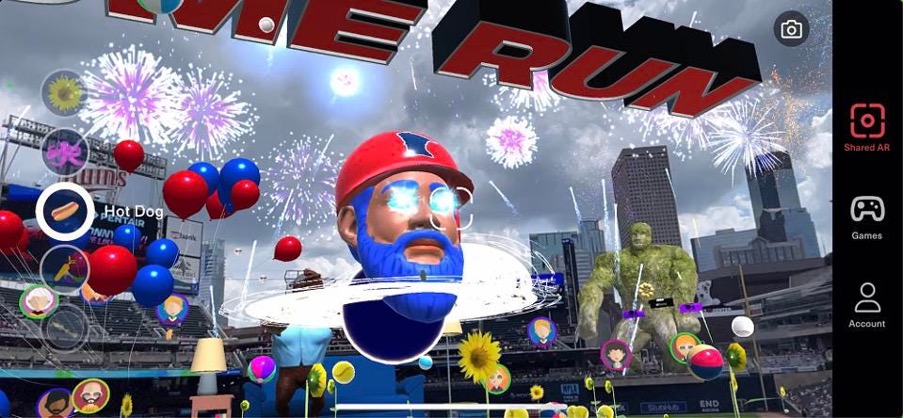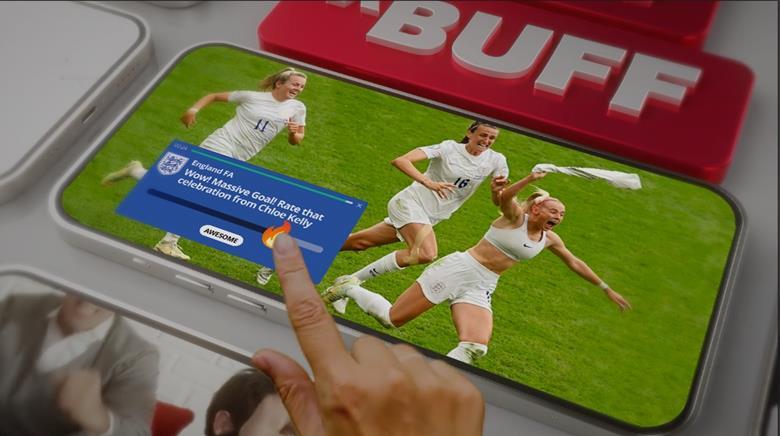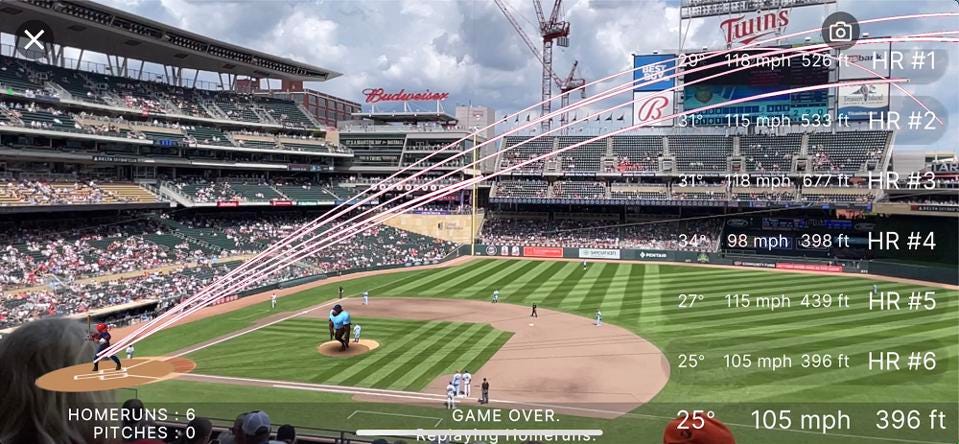Why live will beat digital in the battle to engage sports fans
September 14, 2022
In this month’s Digital Café, David Granger looks at the race for fans’ attention, and whether augmented reality makes a live event even better than the real thing.
In the generational lack of attention-span debate (it’s-less-than-a-goldfish v ever-seen-Gen Z-tear-into-eight-hours-of-xBox FIFA?) sport has examined and experimented with changes to the format of games and to the way sport is consumed.
For cricket it was offering shortened games and series. For Formula E it was the fanboost: a (some might say misguided) Mario Kart-esque premise that the fans can directly influence performance by voting to give their driver’s car an extra power-up. Their intention of engaging fans via technology is a noble one, but the concept is a little warped.
The reaction of traditional sport to the supposed threat of losing a fanbase and chasing younger viewers to this perceived problem has resulted in innovation to enhance (though not necessarily improve) the viewing experience or the gamification of live sport itself.
The march of progress is one which should be harnessed, rather than halted, but assessing why sports fans are sports fans should be taken into consideration. Changing the sport and the viewing experience to emulate a screen experience might not be the salvation some marketers believe.
Last month the Minnesota Twins launched ARound, a shared augmented reality (AR) app for use at its Major League Baseball home games.
The premise is fans can aim their phones at Target Field during breaks in the live action to play games against other fans in the stadium. It’s (obviously?) targeted at younger spectators to keep them engaged while their older relatives grab refreshments/discuss the innings.
It’s described by Chris Iles, the Twins’ senior director of brand experience and innovation as able to “…create a shared experience and creating some context around an event…” which is interesting, because that arguably is exactly what the live baseball game is intended to do.
Currently (like the Manchester City connected scarf) there are no plans to capture or leverage user data, but that’s surely only a matter of time. And will those young AR-battling fans take their own kids to games if the only way they could be engaged in a shared experience at live baseball was through gamified augmented reality?

Where added layers of technology will make sport more engaging is when it’s watched not live, but on screen. For those who work in sport business, there is really nothing like the atmosphere of a live event, and the visceral reaction of a crowd in real-time. But we can and shold enhance the screen experience.
Companies like Sports Buff have identified and built on this. They create graphic layers which can be added by any broadcaster to give information as well as entertainment and engagement be that polls, prize draws or posts. The premise is to stay engaged with the action, rather than detract from it. And to prove the concept has legs, it’s just secured a cool £2.1 million in its latest funding round.

The single biggest chunk of cash has come from London-based sport investment firm Sport Republic, who see this as a way not only to keep online audiences engaged, but eventually monetised to create new commercial opportunities, as they said: “…especially with next generation audiences.” Because again, the ultimate commercial aim is catching them young and reeling them in for life.
To be fair to ARound and the Minnesota Twins, the next iteration will bridge the gap between stadium and sitting room. Viewers watching games which are streamed and televised could also be added to the AR platform in the stadium.
But… I’m not so sure an AR game will be able to deliver the “energy and excitement that is in the stadium” as they predict. There really is nothing like live sport.


